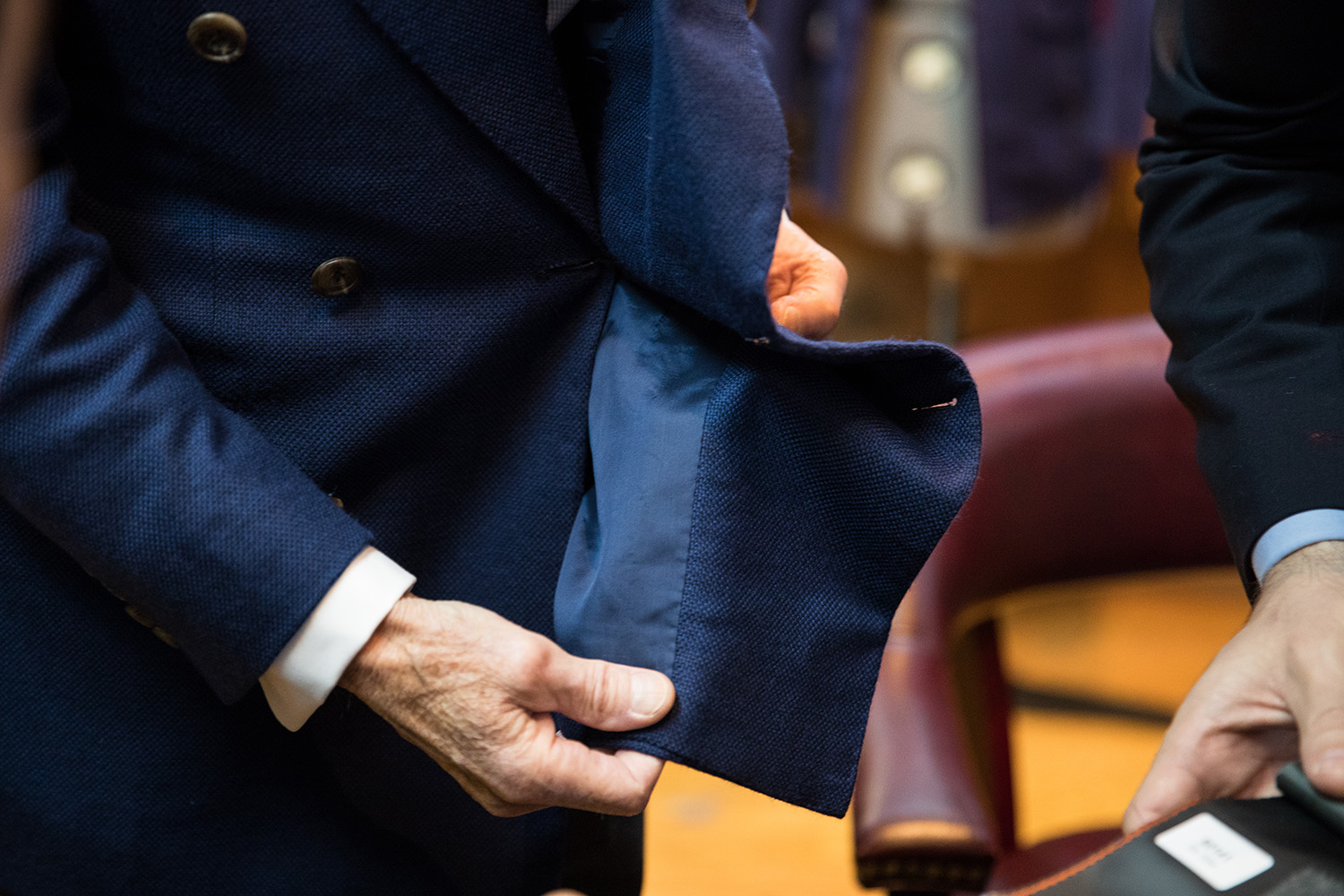Table of Contents
In the dynamic realm of fashion, designers constantly navigate a landscape teeming with innovation and fierce competition. As the industry evolves, so do the challenges faced by creatives. For emerging designers and seasoned professionals alike, recognizing fashion design pitfalls to avoid is paramount for sustaining relevance and achieving success. Here are key insights into the common errors that can derail a fashion designer’s career in 2024.
Lack of Market Research
One of the most pervasive common mistakes for designers is neglecting thorough market research. In a world inundated with trends, understanding consumer preferences and market demands is crucial. A designer who fails to analyze the prevailing aesthetic and demographic trends may end up creating a collection that resonates with no one. Embrace analytics tools, social media insights, and market reports to inform your creative decisions. This data-driven approach can illuminate gaps in the market and guide you toward innovative design opportunities.
Ignoring Sustainability
As awareness of environmental issues escalates, the fashion industry faces increasing scrutiny regarding its sustainability practices. A glaring oversight for designers is disregarding eco-conscious materials and production methods. In 2024, consumers are more informed and discerning, favoring brands that align with their values. Ignoring sustainability not only jeopardizes your brand’s reputation but also alienates a significant portion of your target audience. Embrace sustainable practices by selecting eco-friendly fabrics, minimizing waste, and promoting ethical labor practices.
Overcomplicating Designs
A prevalent design error to sidestep is the inclination to overcomplicate. Designers may succumb to the allure of intricate details, excessive embellishments, or convoluted silhouettes. While creativity should be embraced, clarity and wearability must remain paramount. Fashion should speak to the consumer’s lifestyle, making it essential to balance artistic vision with practicality. Strive for designs that evoke a sense of sophistication without overwhelming the wearer. Simplicity, when executed thoughtfully, can yield timeless pieces that transcend fleeting trends.
Failing to Establish a Signature Style
In an industry overflowing with talent, establishing a unique aesthetic is indispensable. A significant misstep for many designers is the failure to cultivate a distinctive voice. Without a recognizable signature style, a designer risks becoming lost in the sea of mediocrity. In 2024, the most successful designers will be those who dare to be bold, allowing their individuality to shine through their collections. Experiment with various elements—colors, patterns, and shapes—until you discover a cohesive identity that resonates with your brand ethos.
Underestimating the Importance of Branding
Another critical aspect that designers often overlook is branding. A lack of cohesive branding can dilute a designer’s message and hinder market penetration. In today’s saturated fashion landscape, strong branding is essential for differentiating yourself from competitors. This encompasses not only the visual elements—such as logos and packaging—but also the narrative that accompanies your brand. Cultivate a compelling story that connects with your audience emotionally, allowing them to form a deeper relationship with your creations.
Neglecting Networking Opportunities
Fashion is as much about relationships as it is about design. Many designers fall prey to the misconception that talent alone will propel them to success. This belief is a glaring fashion designer misstep for 2024. Building a robust network within the industry is essential for gaining exposure, securing collaborations, and accessing valuable resources. Attend industry events, fashion shows, and trade fairs to foster connections. Engaging with fellow designers, influencers, and potential clients can create opportunities that elevate your career.
Resistance to Feedback
Embracing constructive criticism is vital for growth, yet many designers resist feedback. This defensive posture can lead to stagnation and inhibit creative evolution. In the fashion industry, feedback is a tool that can refine designs and enhance brand appeal. Cultivate an open mindset, seeking input from mentors, peers, and target consumers. This collaborative spirit can unveil fresh perspectives and inspire innovation, ultimately strengthening your design ethos.
Overlooking Financial Management
Many designers are passionate creatives but lack the acumen for financial management. A pervasive error is overlooking the intricacies of budgeting, pricing, and profit margins. In 2024, successful designers must equip themselves with the knowledge to navigate the financial aspects of their business. A well-structured financial plan ensures sustainability and growth, allowing designers to invest in future collections and innovations. Consider collaborating with financial advisors or taking courses to bolster your understanding of business management.
Conclusion
Navigating the fashion industry in 2024 necessitates a keen awareness of the landscape’s complexities. By identifying and addressing fashion design pitfalls to avoid, designers can position themselves for success. Embrace market research, prioritize sustainability, establish a signature style, and recognize the importance of branding. Additionally, foster networking opportunities, welcome feedback, and manage finances diligently. By sidestepping these prevalent pitfalls, designers can elevate their craft, resonate with consumers, and thrive in an ever-evolving industry.


More Stories
Fashion Designer Trends Shaping the Industry
Exclusive Interview with a Revolutionary Fashion Designer
Becoming a Fashion Designer: What It Takes